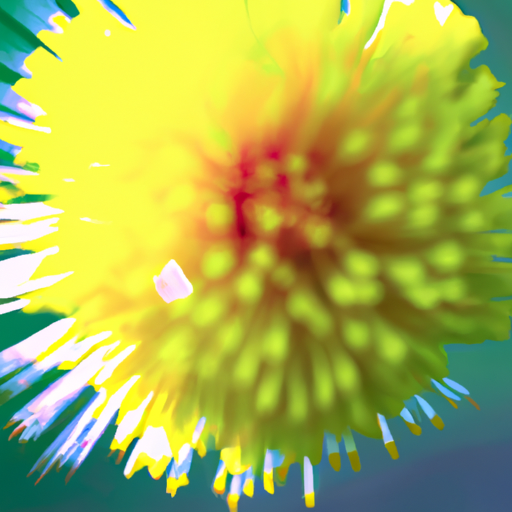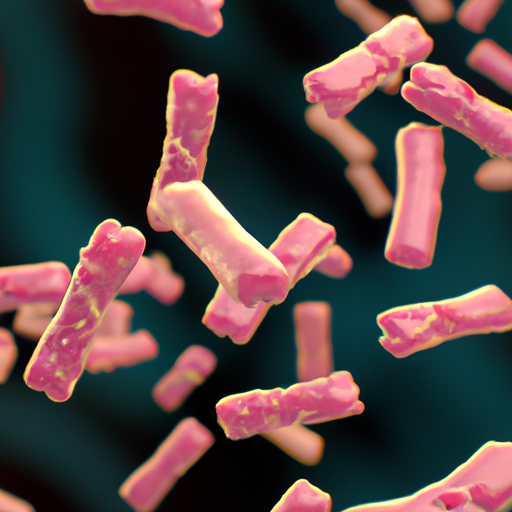Infantile Neuroaxonal Dystrophy (INAD) is a rare and devastating neurodegenerative disorder that primarily affects infants and young children. It is characterized by progressive hypotonia, developmental delay, regression of milestones, and a wide range of neurological symptoms. This article aims to provide a comprehensive overview of INAD, highlighting its key features, diagnostic criteria, and potential treatment options.
Progressive Hypotonia: A Sign of Neurological Impairment
One of the earliest signs of INAD is progressive hypotonia, which refers to decreased muscle tone and weakness. Infants with INAD may have difficulty holding their head up, sitting, or standing. This hypotonia is a result of the progressive degeneration of nerve cells in the brain and spinal cord, leading to impaired muscle function.
Developmental Delay: A Delay in Milestones
Children with INAD often experience developmental delay, meaning they do not reach developmental milestones at the expected age. This delay can manifest in various areas, including motor skills, language acquisition, and cognitive abilities. It is crucial for parents and healthcare professionals to monitor a child’s development closely and seek early intervention if any delays are observed.
Regression of Milestones: A Distressing Phenomenon
One of the most distressing aspects of INAD is the regression of previously acquired milestones. Children who were once able to walk, talk, or perform certain tasks may gradually lose these abilities as the disease progresses. This regression can be emotionally challenging for both the child and their caregivers, requiring additional support and care.
Spasticity and Ataxia: Motor Impairments
As INAD progresses, children may develop spasticity and ataxia, which are motor impairments affecting muscle control and coordination. Spasticity refers to increased muscle stiffness and involuntary muscle contractions, while ataxia involves difficulties with balance and coordination. These symptoms can significantly impact a child’s mobility and independence.
Optic Atrophy: Vision Impairment
Optic atrophy, characterized by the degeneration of the optic nerve, is a common feature of INAD. It can lead to vision impairment, including decreased visual acuity and peripheral vision loss. Regular eye examinations are essential to monitor and manage any visual changes in children with INAD.
Seizures: Uncontrolled Electrical Activity
Seizures are a frequent occurrence in individuals with INAD. These episodes result from abnormal and uncontrolled electrical activity in the brain. Seizures can vary in severity and may require medical intervention to manage and control them effectively.
Dystonia and Choreoathetosis: Involuntary Movements
Dystonia and choreoathetosis are movement disorders commonly observed in INAD. Dystonia involves sustained muscle contractions, leading to repetitive or twisting movements and abnormal postures. Choreoathetosis, on the other hand, is characterized by involuntary, irregular, and writhing movements. These movement abnormalities can significantly impact a child’s quality of life.
Dysphagia: Difficulty Swallowing
Dysphagia, or difficulty swallowing, is a common symptom in individuals with INAD. It can lead to feeding difficulties, malnutrition, and an increased risk of aspiration pneumonia. Proper management of dysphagia is crucial to ensure adequate nutrition and prevent complications.
Respiratory Insufficiency: Breathing Difficulties
As INAD progresses, respiratory insufficiency may develop, leading to breathing difficulties. Weakness in the muscles involved in respiration can result in shallow breathing, decreased lung function, and an increased risk of respiratory infections. Close monitoring and appropriate respiratory support are essential to manage this aspect of the disease.
Diagnosis and Treatment Options
Diagnosing INAD can be challenging due to its rarity and overlapping symptoms with other neurodegenerative disorders. However, a combination of clinical evaluation, genetic testing, and neuroimaging can aid in reaching a definitive diagnosis.
Unfortunately, there is currently no cure for INAD. Treatment primarily focuses on managing symptoms, improving quality of life, and providing supportive care. This may involve a multidisciplinary approach, including physical therapy, occupational therapy, speech therapy, and nutritional support.
Tips for Managing INAD:
- Establish a strong support network: Seek support from healthcare professionals, support groups, and other families affected by INAD.
- Early intervention: Begin therapy and intervention services as early as possible to optimize outcomes and manage symptoms effectively.
- Regular medical check-ups: Regularly monitor the child’s health, including vision, respiratory function, and nutritional status.
- Adaptive equipment: Utilize assistive devices and adaptive equipment to enhance mobility and independence.
- Communication strategies: Explore alternative communication methods, such as sign language or augmentative and alternative communication (AAC) devices, to facilitate communication.
- Palliative care: Consider palliative care options to ensure the child’s comfort and quality of life.
While INAD is a devastating disease with no cure, ongoing research and advancements in medical science offer hope for potential future treatments. It is essential to raise awareness about INAD, support affected families, and contribute to research efforts to improve the understanding and management of this rare disorder.








